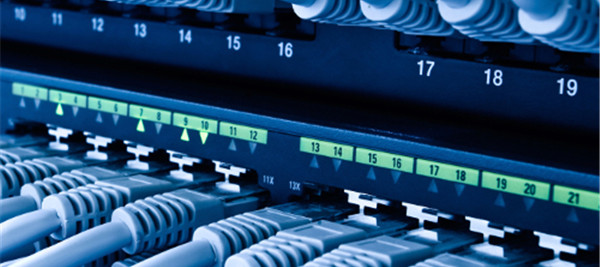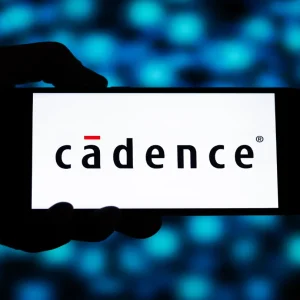
Cisco and semiconductor firms Freescale, Xilinx and Aquantia have formed the NBase-T Alliance in efforts to develop 2.5 and 5 Gbps rates over Ethernet’s existing distance of 100 metres.
The alliance aims to create a specification that will ship data over Cat5e and Cat6 cables, while maintaining power-over-Ethernet to power the access points.
Cisco’s VP of wireless networking Chris Spain, said: "The industry is moving to the next generation of [WiFi] 802.11ac – Wave 2 with theoretical data rates of up to 6.9 Gbps; a 1 Gbps [wired Ethernet] link between the access point and switch is not sufficient."
"Our mission [is] to increase network speed without the need to upgrade the cabling infrastructure."
In a blog post, he added that the alliance will also work on interoperability, as well as working with standards bodies and ecosystem partners to set down the speed increments NBase-T will use.
The companies also propose auto-negotiation of lower speeds – 2.5 Gbps, 1 Gbps, and 100 Mbps – if necessary.
It comes not too long after Arista, Broadcom, Google, Microsoft, and Mellanox announced the 25G Ethernet Consortium, which aims to allow large-scale data centres to run over a 25 Gbps or 50 Gbps Ethernet link protocol.
It comes as mobile data traffic is expected to surpass 30 exabytes per month in 2018, while 52% of that traffic will be offloaded from cellular networks to the fixed network through Wi-Fi, according to Cisco.
Loring Wirbel, senior analyst of The Linley Group, said: "The 2.5Gbps and 5Gbps modes that the NBASE-T Alliance promotes could prove especially important for applications such as 802.11ac wireless LANs, as they allow enterprises to preserve legacy UTP wiring.
"In the early transition phases from Gbps Ethernet to 10G Ethernet, network managers assumed enterprises would upgrade to Category 6a or possibly Category 7 structured wiring, but the associated costs led many enterprises to retain their Cat5e or Cat6 UTP wiring."






